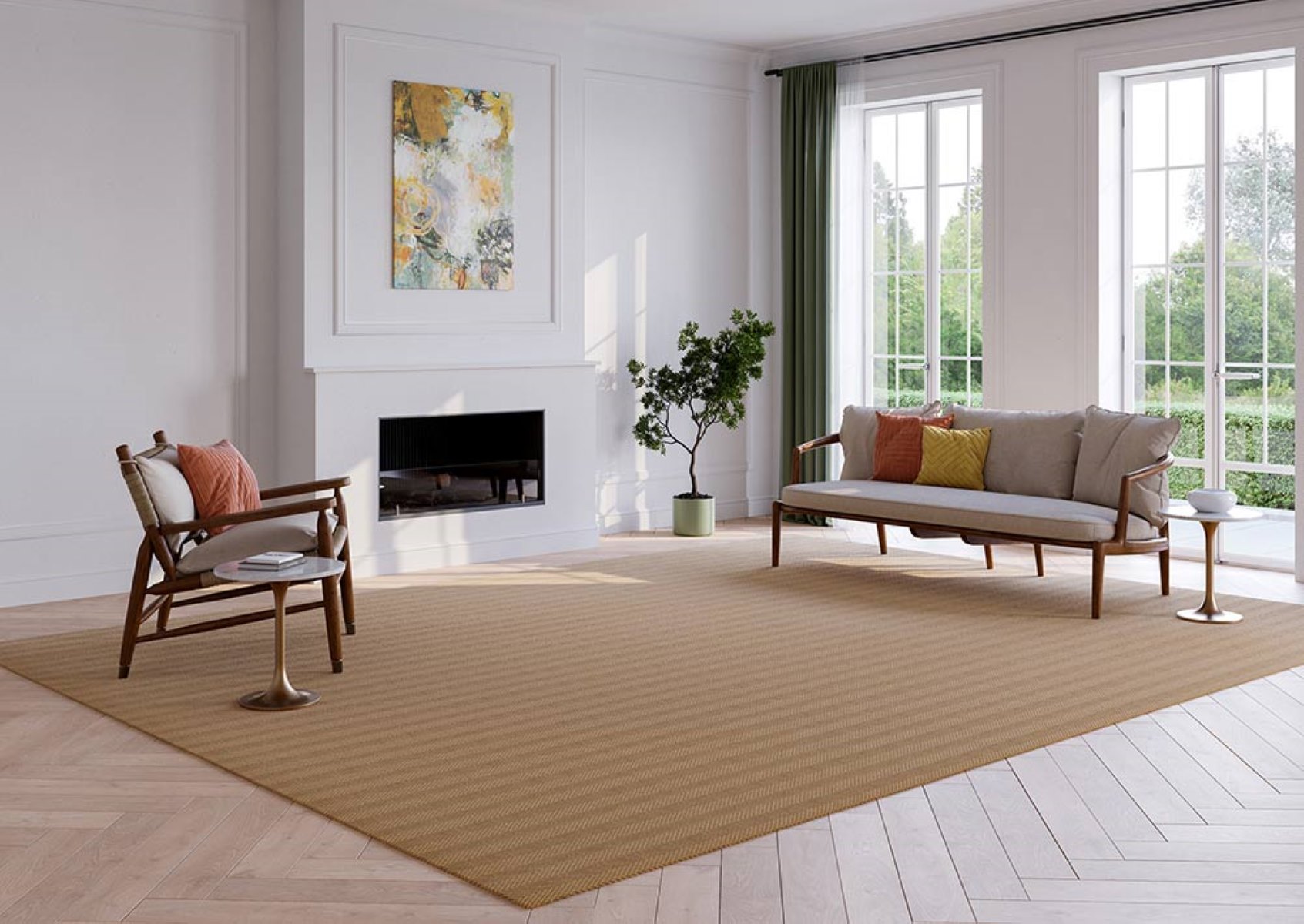

Articles
What Are Sisal Rugs
Modified: January 5, 2024
Discover the benefits and versatility of sisal rugs with our informative articles. Explore different styles, maintenance tips, and how to incorporate sisal rugs into your home décor.
(Many of the links in this article redirect to a specific reviewed product. Your purchase of these products through affiliate links helps to generate commission for Storables.com, at no extra cost. Learn more)
Introduction
Sisal rugs have become a popular choice for homeowners looking to add a touch of natural beauty and durability to their space. With their organic texture and environmentally-friendly properties, sisal rugs have earned a reputation as a sustainable and stylish flooring option. In this article, we will explore the world of sisal rugs, from their history and benefits to caring for them and where they are best used.
Sisal is a natural fiber derived from the leaves of the agave sisalana plant, which is native to Mexico. The fiber is extracted from the leaves, spun into yarn, and then woven into rugs, mats, and other textiles. Sisal rugs are beloved for their distinctive woven texture, which adds warmth and character to any room. They are also known for their durability, making them suitable for high-traffic areas.
The use of sisal for making rugs dates back centuries. Traditionally, sisal rugs were popular in tropical regions where the agave plant thrives. However, in recent years, they have gained popularity in other parts of the world as people seek sustainable and eco-friendly alternatives to synthetic flooring materials.
One of the biggest advantages of sisal rugs is their natural strength and durability. The sisal fibers are incredibly tough and can withstand heavy foot traffic without losing their shape or texture. This makes them an ideal choice for areas such as living rooms, dining rooms, hallways, and even commercial spaces.
In addition to their durability, sisal rugs are also known for their natural color variations. The neutral tones of sisal, ranging from light cream to warm beige, complement a wide range of interior design styles. Whether you have a modern, minimalist space or a more rustic, bohemian aesthetic, sisal rugs can seamlessly blend in and enhance the overall ambiance.
Furthermore, sisal rugs are an environmentally-friendly option for those who are conscious of their carbon footprint. The production process of sisal rugs requires minimal energy and water compared to the manufacturing of synthetic rugs. Additionally, sisal is biodegradable and can be easily recycled at the end of its lifespan, reducing waste and harm to the environment.
In the next sections, we will dive deeper into the benefits of sisal rugs, provide tips on how to care for them to ensure their longevity, and explore the best places to use them in your home or office.
Key Takeaways:
- Sisal rugs offer a sustainable and stylish flooring option, known for their durability, natural beauty, and eco-friendly properties. They are ideal for high-traffic areas and complement various interior design styles.
- Proper care and maintenance, such as regular vacuuming and avoiding moisture, are essential to ensure the longevity of sisal rugs. Their versatility makes them suitable for living rooms, dining rooms, bedrooms, hallways, and even commercial spaces.
What is Sisal?
Sisal is a natural fiber derived from the leaves of the agave sisalana plant. This plant is native to the arid regions of Mexico and has long, spiky leaves that contain strong, durable fibers. These fibers are extracted from the leaves, cleaned, dried, and then spun into yarn to create various products, including sisal rugs.
Sisal is highly regarded for its sustainability and eco-friendly properties. Unlike synthetic fibers, which are derived from non-renewable resources and contribute to environmental pollution, sisal is a renewable resource that can be harvested and regenerated. The agave sisalana plant requires minimal water and can thrive in poor soil conditions, making it a low-maintenance crop.
Sisal fibers have a coarse texture and a natural resistance to wear and tear. This makes sisal rugs a popular choice for high-traffic areas in homes and commercial spaces. The fibers also have natural anti-static properties, repelling dust and dirt and making sisal rugs easy to clean and maintain.
One characteristic that sets sisal apart from other natural fibers, such as jute or seagrass, is its strength. Sisal fibers are exceptionally strong and durable, making them ideal for rugs that need to withstand heavy use. The fibers also have natural sound-absorbing properties, helping to reduce noise in a room.
Sisal rugs are available in various weaves and patterns, allowing you to find the perfect style to complement your interior design. From simple, plain weaves to intricate patterns, sisal rugs can add texture and visual interest to any space.
It’s important to note that sisal rugs are not suitable for areas with high moisture or humidity, such as bathrooms or kitchens. The natural fibers can absorb moisture, leading to mold or mildew growth. However, sisal rugs are a great choice for living rooms, dining rooms, bedrooms, and hallways, where they can add warmth and elegance.
In the next sections, we will explore the history of sisal rugs, the benefits they offer, and how to properly care for them to ensure their longevity.
History of Sisal Rugs
The history of sisal rugs dates back centuries, originating from the tropical regions where the agave sisalana plant is native. The extraction and use of sisal fibers can be traced back to ancient civilizations such as the Mayans and the Aztecs, who recognized the strength and versatility of the material.
In the 19th century, sisal production expanded as demand for the fiber increased. Countries like Brazil and East Africa joined Mexico as major producers of sisal, establishing large plantations to meet the growing market. The sisal industry boomed during this time, with sisal being used not only for rugs but also for twine, ropes, and other agricultural and industrial purposes.
In the early 20th century, sisal rugs started to gain popularity in Western countries, particularly in Europe and the United States. The durability and natural beauty of sisal fibers attracted homeowners and interior designers, who sought sustainable alternatives to synthetic carpets. Sisal rugs became a symbol of eco-consciousness and a way to bring a touch of nature into urban living spaces.
Throughout the years, sisal rugs have evolved to suit various design trends. While the classic sisal weave remains popular, there are now a plethora of options available, including herringbone, chevron, basketweave, and diamond patterns. These variations allow homeowners to find a sisal rug that matches their style and complements their existing décor.
Today, sisal rugs continue to be a sought-after choice for those who value sustainability and natural materials. With the rise of conscious consumerism, more and more people are turning to sisal rugs as a way to reduce their environmental impact without compromising on style and functionality.
The popularity of sisal rugs has also extended to the commercial sector, with businesses and offices embracing the natural beauty of these rugs. Sisal rugs offer a warm and inviting atmosphere while providing durability and ease of maintenance, making them ideal for high-traffic areas in hotels, restaurants, and retail spaces.
As the interest in eco-friendly and sustainable products continues to grow, the demand for sisal rugs is expected to rise. With their rich history and timeless appeal, sisal rugs will likely remain a staple in the world of interior design, bringing a touch of nature and elegance to homes and spaces around the globe.
Next, we will explore the numerous benefits of sisal rugs and why they are a worthwhile investment for any home or office.
Benefits of Sisal Rugs
Sisal rugs offer a wide range of benefits that make them a popular choice for homeowners and interior designers. From their durability and natural beauty to their sustainability and versatility, sisal rugs have much to offer in terms of both style and functionality. Here are some of the key benefits of sisal rugs:
- Durability: Sisal fibers are known for their strength and durability, making sisal rugs highly resistant to wear and tear. They can withstand heavy foot traffic without losing their shape or texture, making them an ideal choice for high-traffic areas in the home or office.
- Natural Beauty: Sisal rugs have a distinctive woven texture that adds warmth and character to any room. The neutral tones of sisal, ranging from light cream to warm beige, complement a wide range of interior design styles. Whether you have a modern, minimalist space or a more rustic, bohemian aesthetic, sisal rugs can seamlessly blend in and enhance the overall ambiance.
- Environmentally-Friendly: Sisal rugs are an eco-friendly choice for those who prioritize sustainability. The production process of sisal rugs requires minimal energy and water compared to the manufacturing of synthetic rugs. Additionally, sisal is a renewable resource that can be harvested and regenerated, reducing the reliance on non-renewable resources and minimizing pollution.
- Ease of Maintenance: Sisal rugs are relatively easy to care for and maintain. The fibers have natural anti-static properties, repelling dust and dirt, which means less frequent cleaning is required. Regular vacuuming and occasional spot cleaning are usually sufficient to keep a sisal rug looking fresh and clean.
- Sound Absorption: The dense and natural fibers of sisal rugs have excellent sound-absorbing properties. They help reduce noise in a room, making sisal rugs a great choice for spaces where sound insulation is important, such as living rooms, bedrooms, and home offices.
- Anti-Allergenic: Unlike synthetic carpets that can trap allergens and dust mites, sisal rugs are naturally hypoallergenic. The fibers do not hold onto pollen, pet dander, or other allergens, making sisal rugs a healthier choice for individuals with allergies or respiratory sensitivities.
- Versatility: Sisal rugs come in various weaves, patterns, and sizes, offering plenty of options to suit different design preferences. Whether you prefer a simple, plain weave or a more intricate pattern, there is a sisal rug that can fit seamlessly into your space.
With their durability, natural beauty, sustainability, and versatility, sisal rugs are a worthwhile investment for enhancing the aesthetic appeal and functionality of any home or office space.
In the next section, we will discuss how to properly care for sisal rugs to ensure their longevity and maintain their appearance over time.
When cleaning a sisal rug, avoid using water-based cleaners as they can cause the fibers to shrink and distort. Instead, opt for dry cleaning methods or spot clean with a mild detergent and a soft brush.
How to Care for Sisal Rugs
Proper care and maintenance are essential to prolong the life and beauty of your sisal rug. Here are some tips to help you take care of your sisal rug:
- Vacuum Regularly: Regular vacuuming is crucial to remove dirt, dust, and debris from your sisal rug. Use a vacuum cleaner with a brush attachment or a handheld vacuum to gently vacuum the rug in the direction of the fibers. Avoid using a beater bar or rotating brush, as they may damage the delicate fibers.
- Blot Spills Immediately: In the event of a spill, blot it immediately with a clean, dry cloth or paper towel. Avoid rubbing or scrubbing the spill, as this can spread the stain or damage the fibers. For solid or semi-solid spills, use a spoon or the edge of a credit card to carefully lift off the excess before blotting.
- Avoid Moisture: Sisal rugs are not suitable for areas with high moisture or humidity, as the fibers can absorb moisture and become prone to mold or mildew. Keep your sisal rug away from bathrooms, kitchens, and other areas with frequent exposure to water. If your sisal rug gets wet, allow it to dry completely before using it again.
- Use Non-Slip Rug Pads: To prevent your sisal rug from sliding or wrinkling on smooth floors, use a non-slip rug pad underneath. This will provide extra stability and help protect your rug from wear and tear.
- Avoid Direct Sunlight: Prolonged exposure to direct sunlight can cause fading and discoloration of sisal rugs. If your rug is placed in an area with strong sunlight, consider using curtains or blinds to protect it from UV rays. You can also rotate the rug periodically to ensure balanced exposure.
- Spot Clean with Care: If your sisal rug requires spot cleaning, use a mild detergent mixed with water on a clean cloth or sponge. Gently dab the affected area, being careful not to oversaturate the fibers. Blot with a dry cloth to absorb excess moisture, and allow the rug to air dry completely.
- Avoid Harsh Chemicals: Avoid using harsh chemicals, bleach, or ammonia-based cleaners on your sisal rug, as they can damage the fibers and alter the color. Stick to gentle, eco-friendly cleaners specifically designed for natural fiber rugs.
- Professional Cleaning: Periodically, it is recommended to have your sisal rug professionally cleaned to remove deep-seated dirt and stains. Professional rug cleaners have the expertise and equipment to handle sisal rugs without causing damage or shrinkage.
By following these care tips, you can ensure that your sisal rug remains clean, beautiful, and in excellent condition for many years to come.
Next, we will explore the various areas in your home or office where sisal rugs can be used to enhance the overall aesthetic.
Read more: How To Clean Sisal Rugs
Where to Use Sisal Rugs
Sisal rugs are versatile and can be used in various areas of your home or office. Here are some popular placements for sisal rugs:
- Living Room: Sisal rugs make a great addition to living rooms, adding warmth and texture to the space. They can be placed under the coffee table or in the center of the seating area, providing a cozy and inviting atmosphere.
- Dining Room: Sisal rugs are a practical choice for dining rooms, as they can withstand the movement of chairs and foot traffic. A sisal rug placed under the dining table can help define the dining area while protecting the floor beneath.
- Bedroom: Bring a touch of natural luxury to your bedroom with a sisal rug placed under the bed or beside it. Sisal rugs can add visual interest and create a cozy, grounding effect in the space.
- Hallway: Sisal rugs are an excellent choice for hallways, providing a durable and stylish flooring option. They can withstand heavy foot traffic and help to absorb sound, making the hallway a more pleasant and inviting space.
- Home Office: Create a professional and stylish workspace with a sisal rug in your home office. Sisal rugs add elegance and texture to the room while providing a comfortable surface for your feet as you work.
- Entryway: Make a memorable first impression with a sisal rug in your entryway. Sisal rugs can effectively trap dirt and debris from shoes, keeping the area clean and tidy while adding a touch of natural beauty.
- Commercial Spaces: Sisal rugs are increasingly being used in commercial spaces such as hotels, restaurants, and retail stores. They can create a warm and inviting ambiance while offering durability and ease of maintenance in high-traffic areas.
When placing a sisal rug in your chosen area, consider the size and shape that best fits the space. Sisal rugs come in various dimensions and can be customized to fit your specific requirements.
It’s important to note that sisal rugs are not recommended for areas with high moisture or humidity, such as bathrooms or kitchens. The natural fibers can absorb moisture, leading to mold or mildew growth. It’s best to choose alternative rug options, such as cotton or synthetic fibers, for these areas.
Overall, sisal rugs can be used in a multitude of locations to add a touch of natural elegance and durability to any space.
Finally, let’s conclude our article.
Conclusion
Sisal rugs offer a winning combination of natural beauty, durability, and sustainability, making them a popular choice for homeowners and interior designers alike. With their distinctive woven texture, sisal rugs can add warmth, character, and a touch of nature to any space. Whether placed in the living room, dining room, bedroom, or office, sisal rugs bring a sense of timeless elegance and versatility.
One of the key benefits of sisal rugs is their durability. The strong and resilient sisal fibers can withstand heavy foot traffic without losing their shape or texture, making them ideal for high-traffic areas in your home or office. Additionally, sisal rugs are relatively easy to maintain, requiring regular vacuuming and occasional spot cleaning to keep them looking fresh and clean.
Another significant advantage of sisal rugs is their eco-friendly nature. Sisal is a sustainable and renewable resource that can be grown and harvested with minimal impact on the environment. Compared to synthetic rugs, the production process of sisal rugs requires less energy and water, making them a more environmentally-conscious choice.
Furthermore, sisal rugs offer natural sound absorption and anti-static properties, contributing to a pleasant and comfortable living or working environment. They are also hypoallergenic, making them suitable for individuals with allergies or respiratory sensitivities who seek a cleaner and healthier home or office space.
Sisal rugs come in a variety of weaves, patterns, and sizes, allowing you to choose the perfect style to complement your interior design. From modern to rustic, sisal rugs can seamlessly blend in and enhance the aesthetic appeal of your space.
In conclusion, investing in a sisal rug can bring numerous benefits to your home or office. Not only do sisal rugs provide an organic and charming feel to your space, but they also offer durability, sustainability, and ease of maintenance. With their timeless beauty and diverse range of applications, sisal rugs have become a staple in the world of interior design.
So, why not consider adding a sisal rug to your space? Experience the natural elegance and durability that sisal rugs have to offer and create a warm and inviting atmosphere in your home or office.
Frequently Asked Questions about What Are Sisal Rugs
Was this page helpful?
At Storables.com, we guarantee accurate and reliable information. Our content, validated by Expert Board Contributors, is crafted following stringent Editorial Policies. We're committed to providing you with well-researched, expert-backed insights for all your informational needs.
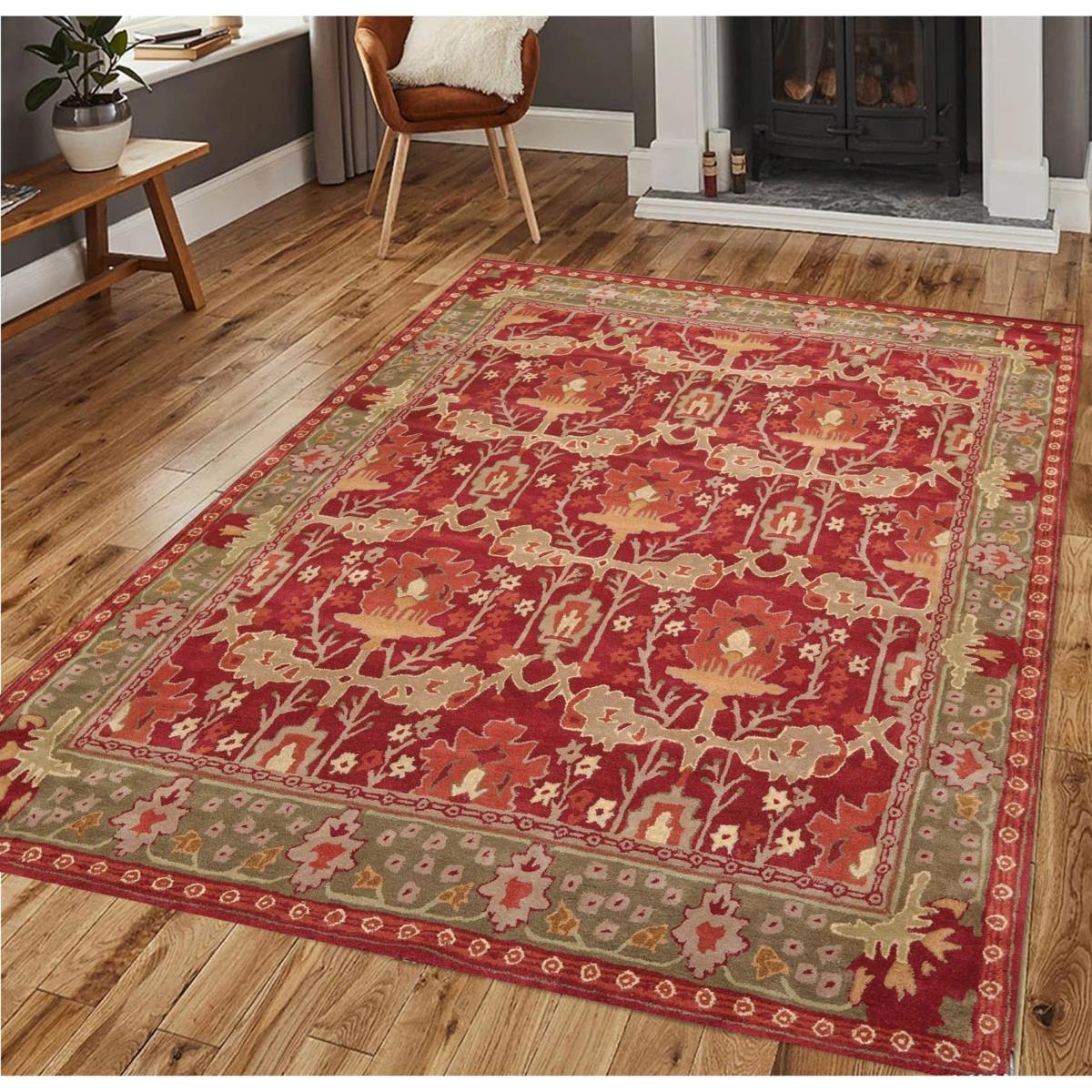

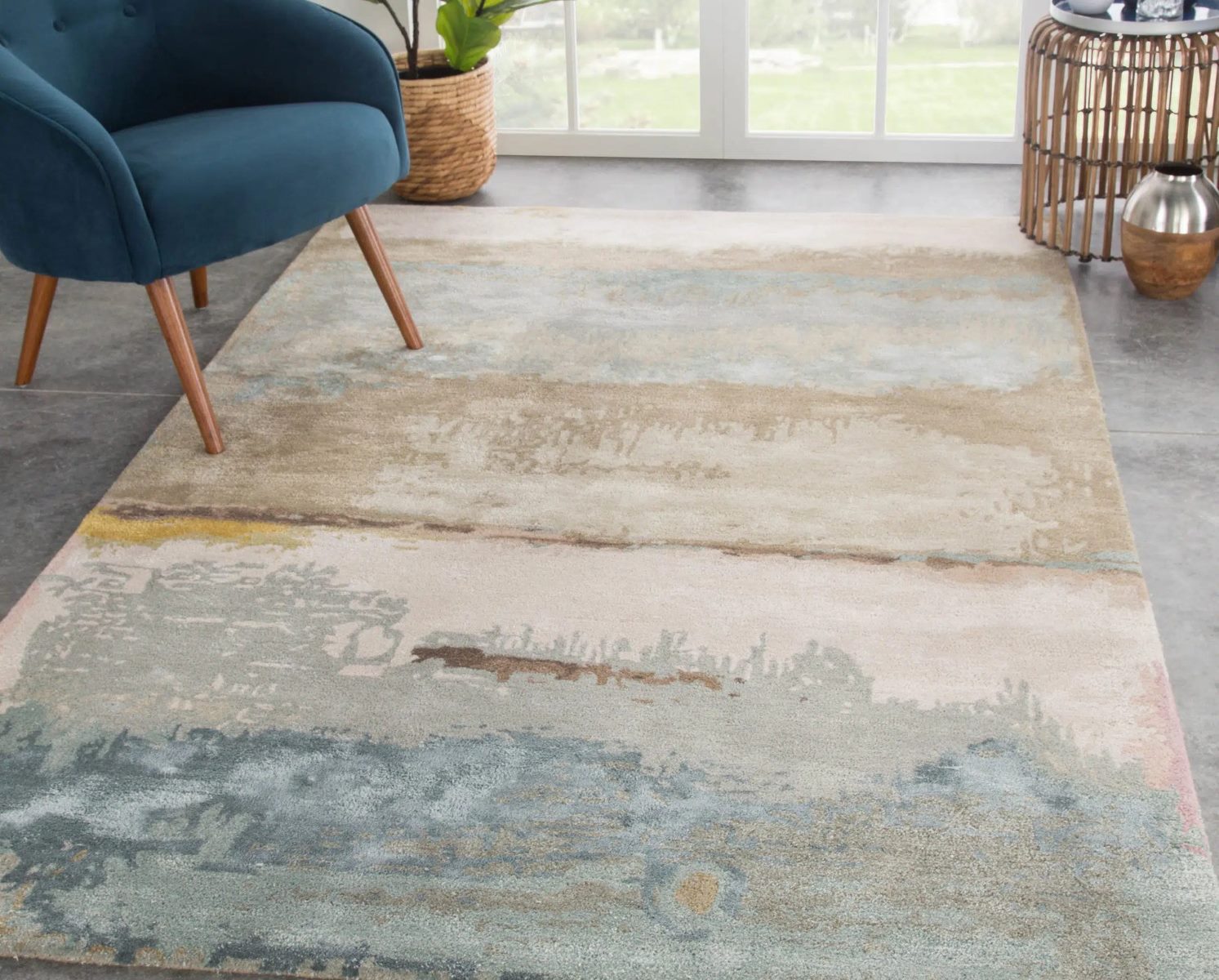
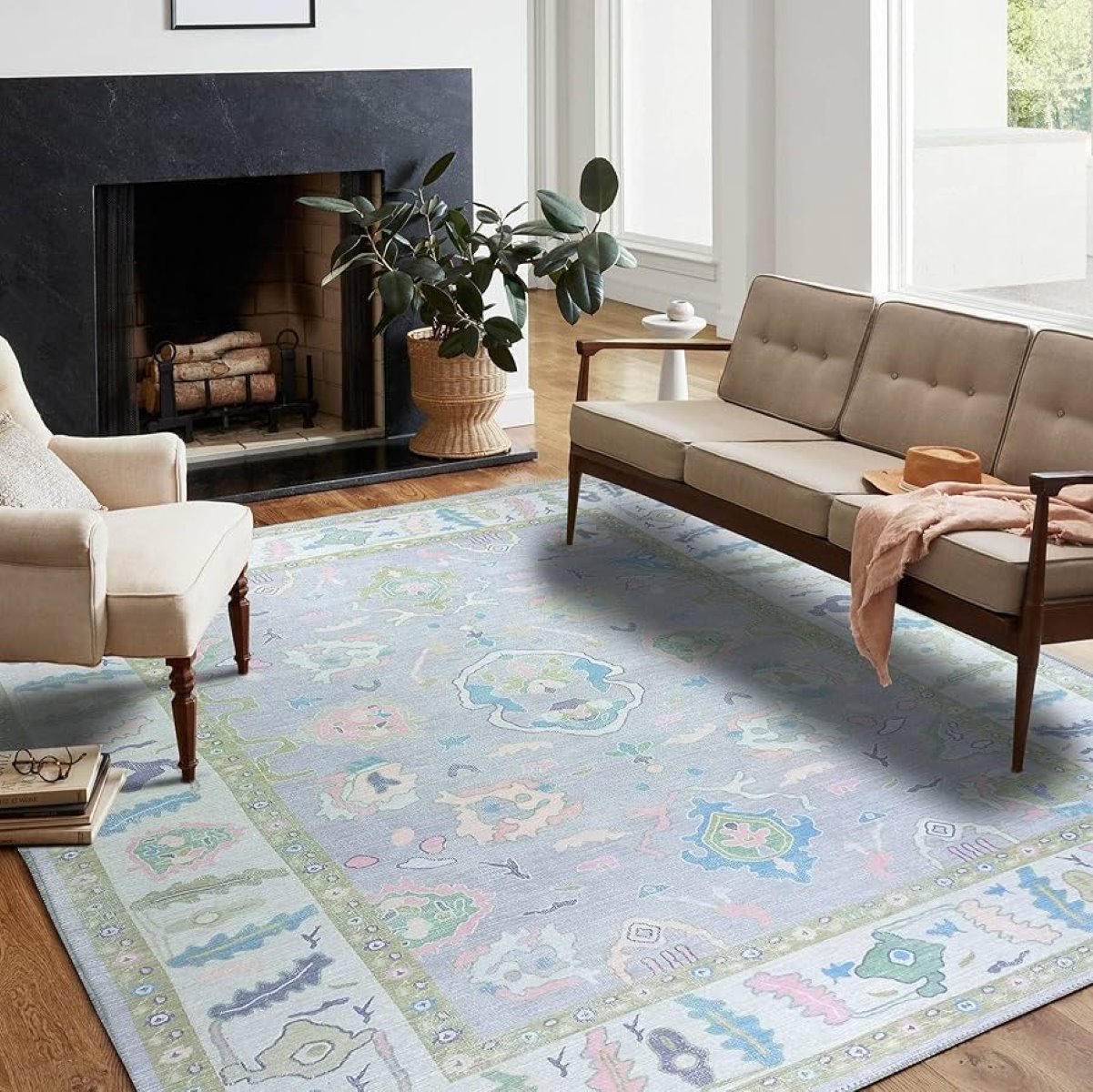

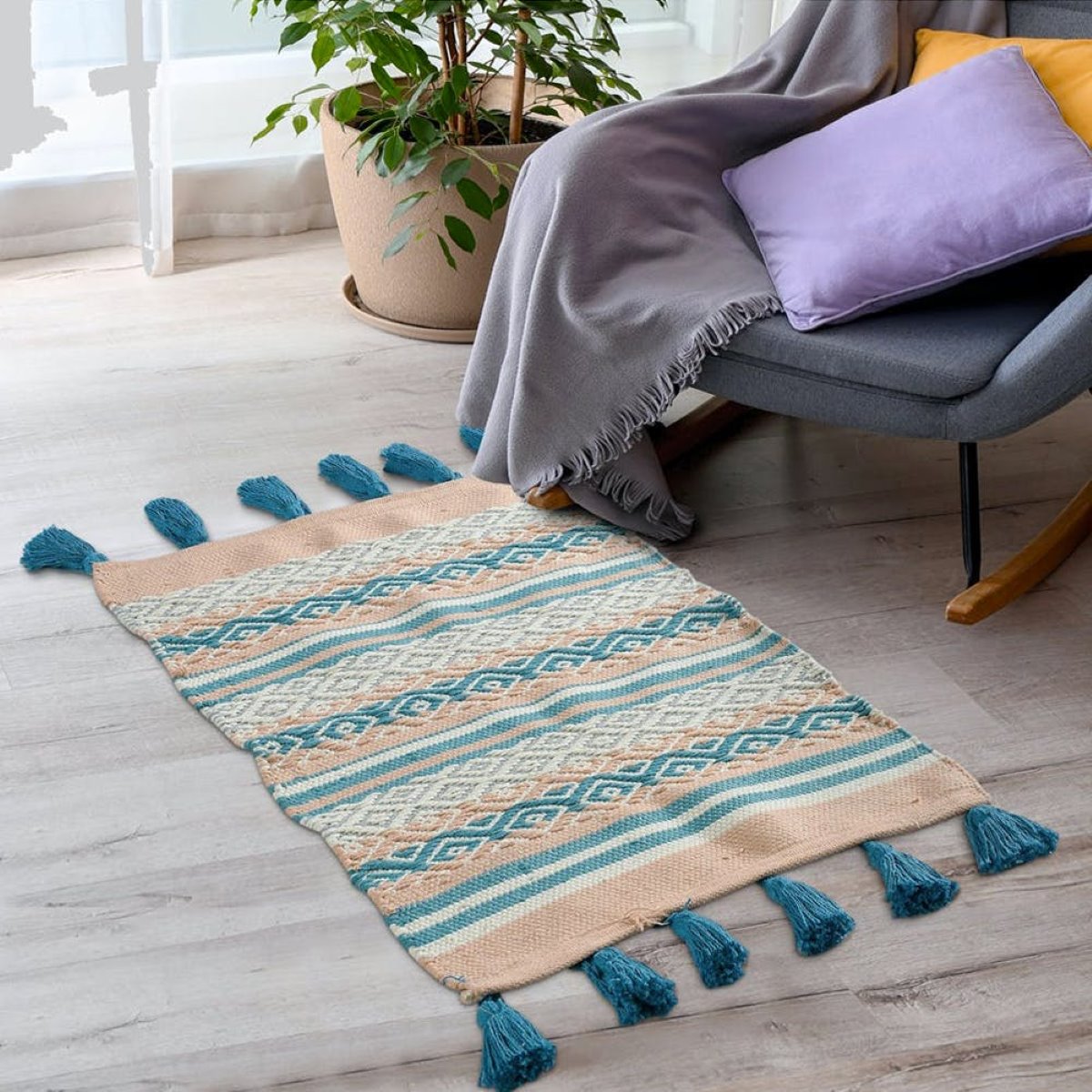
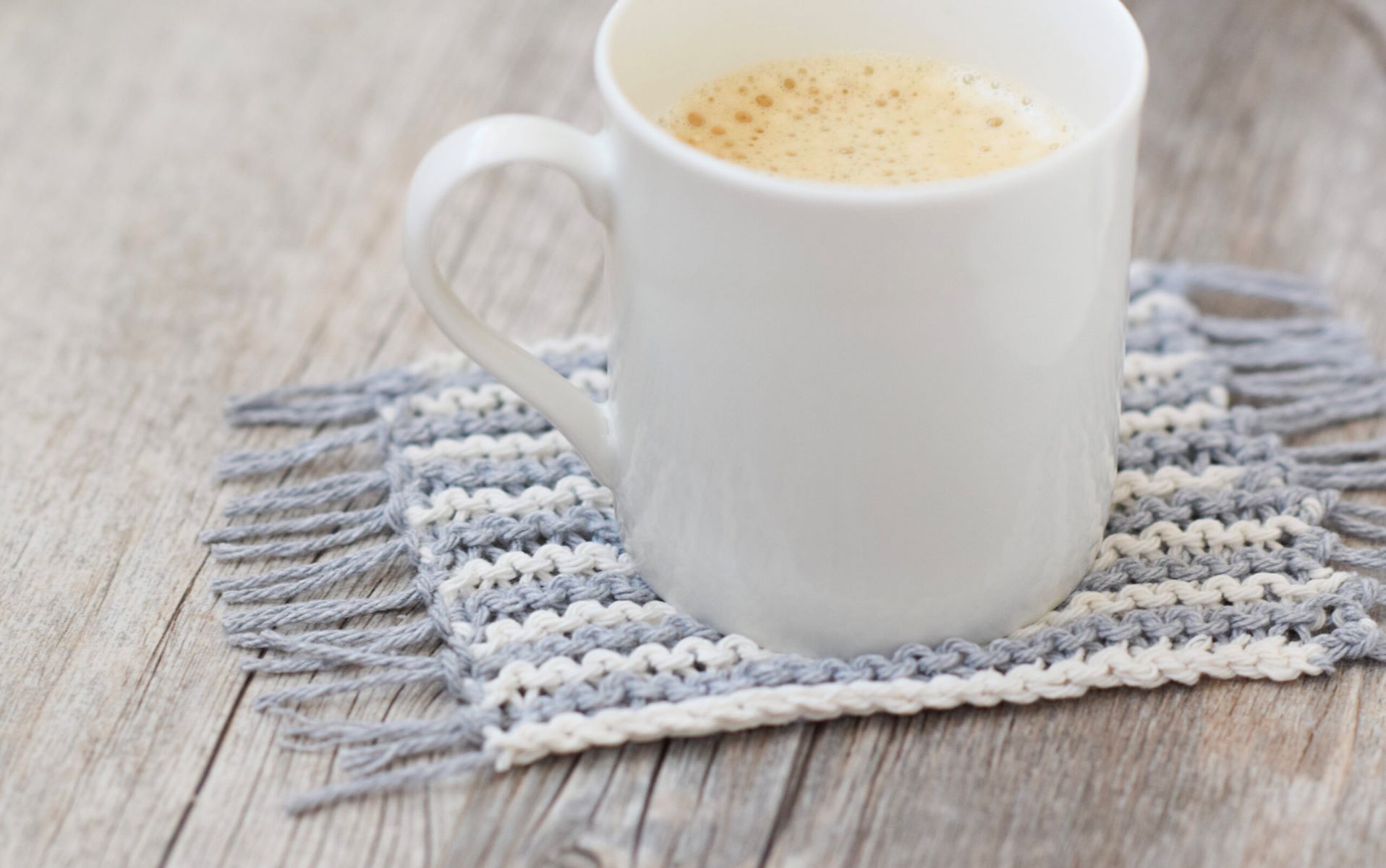
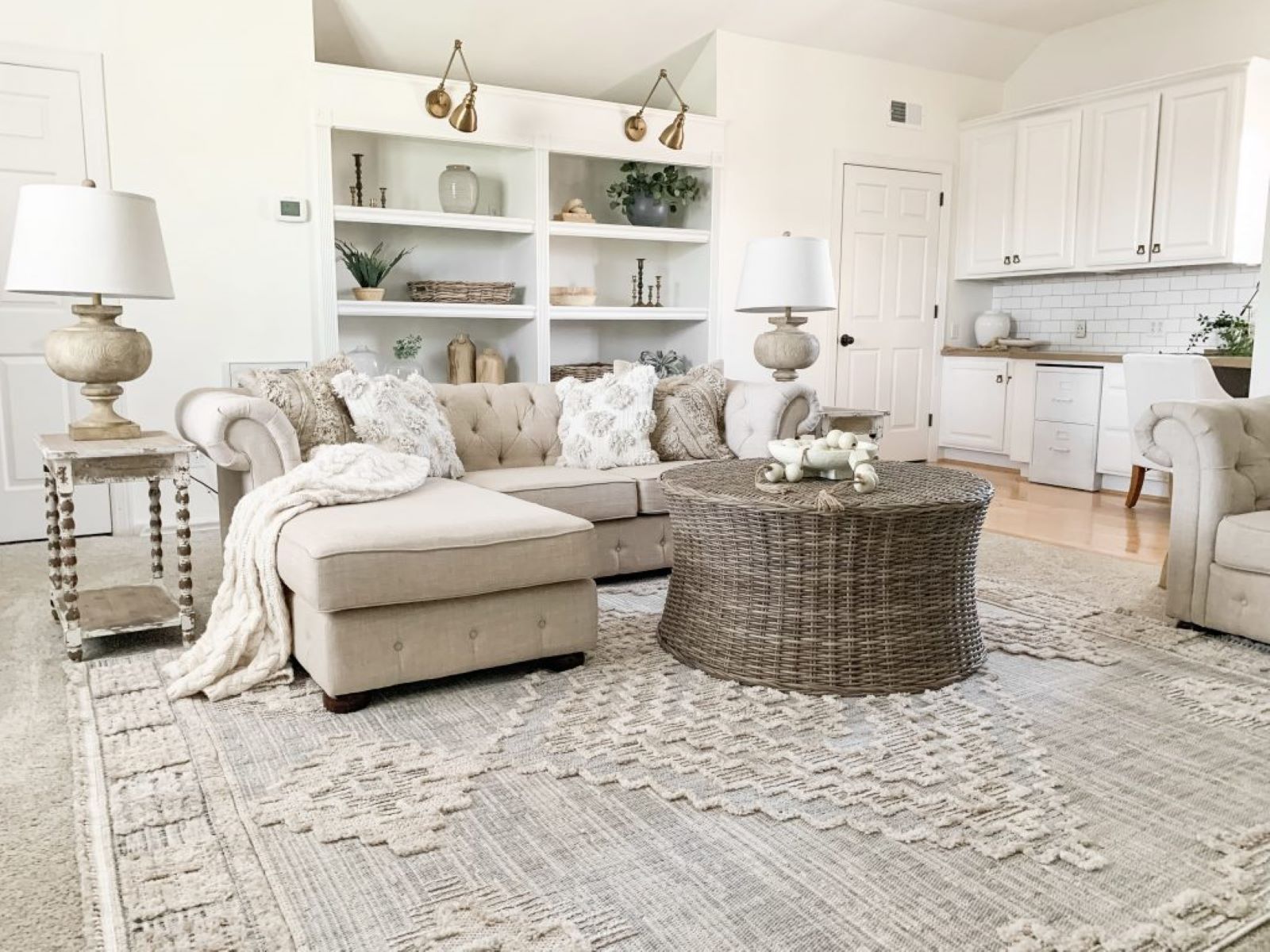
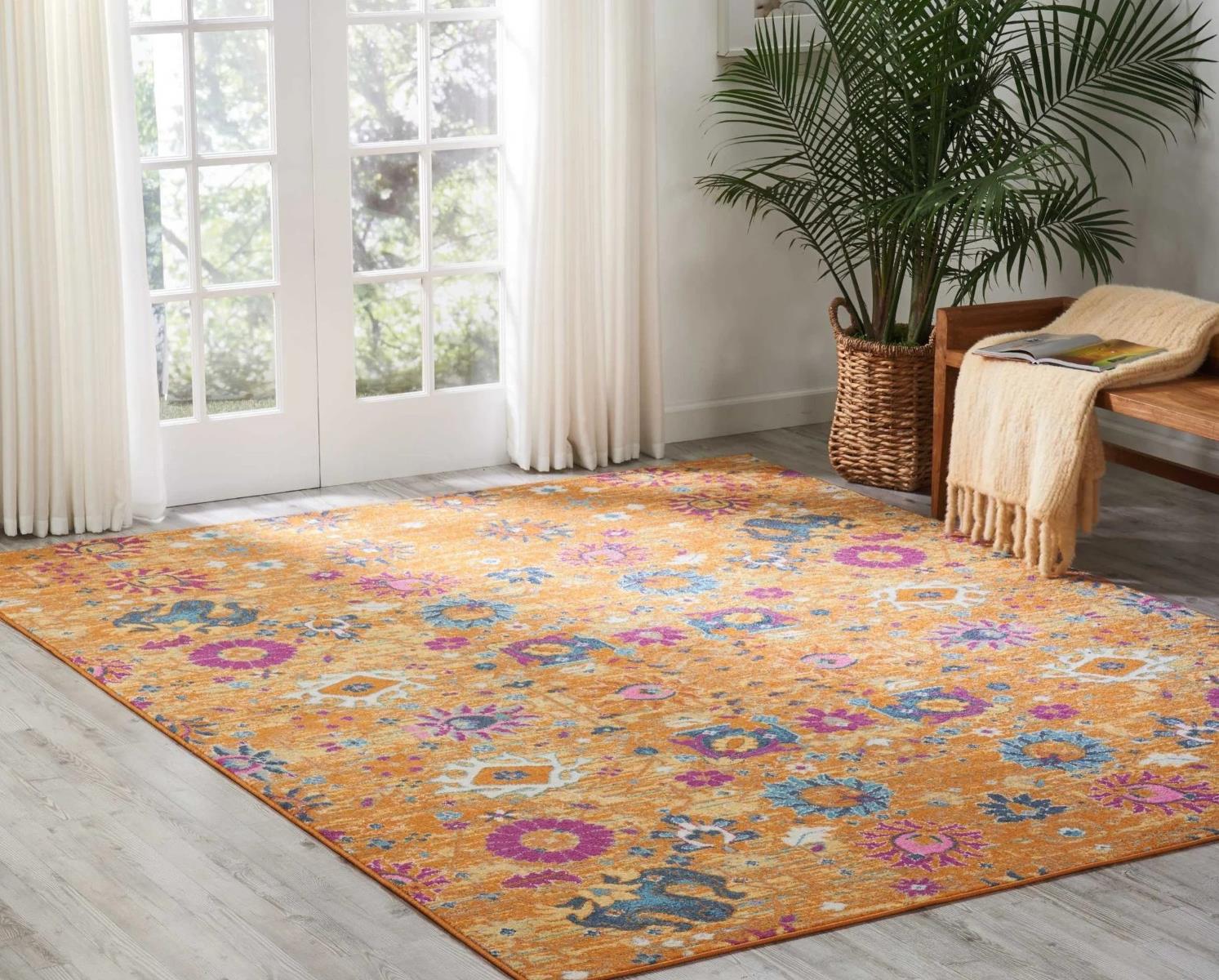
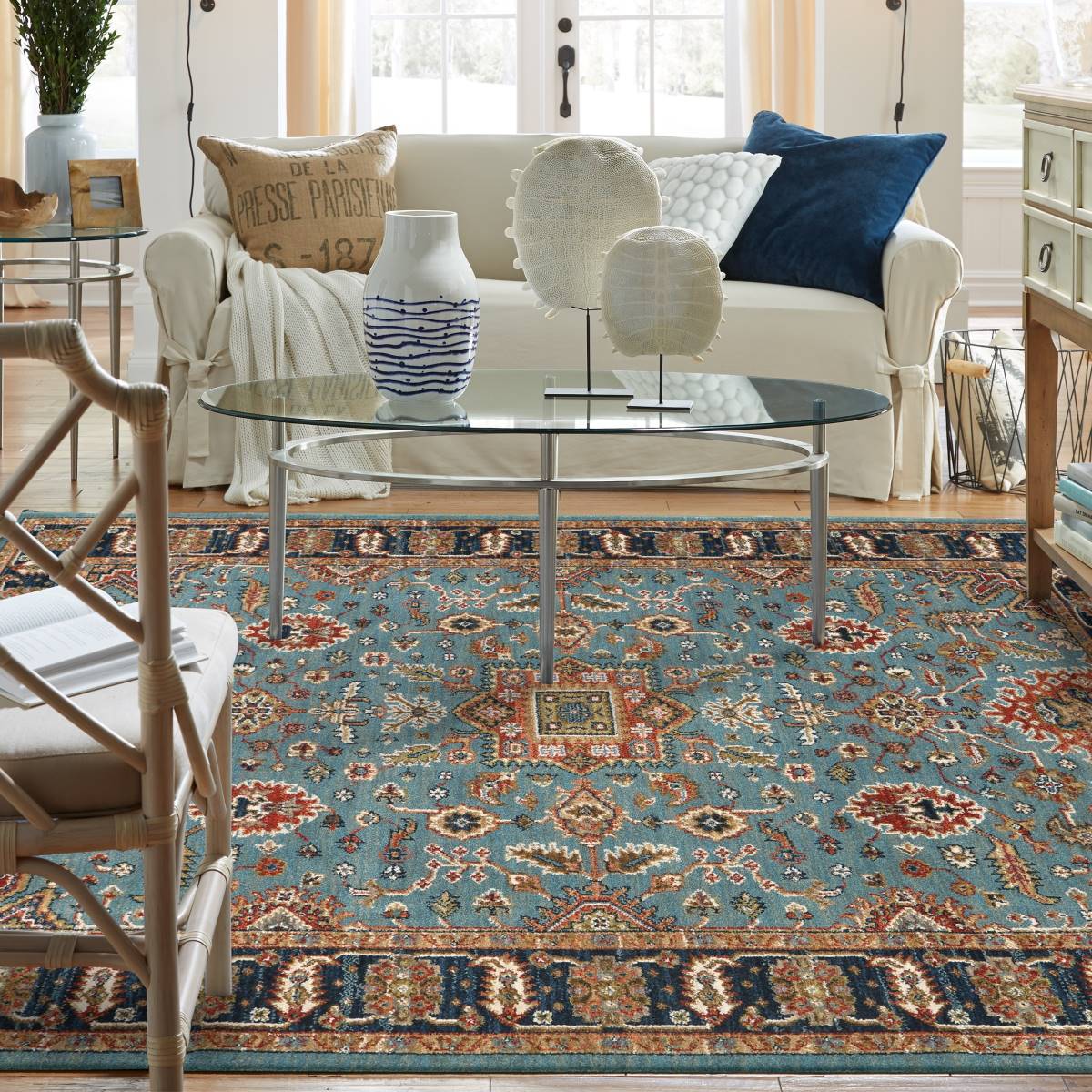
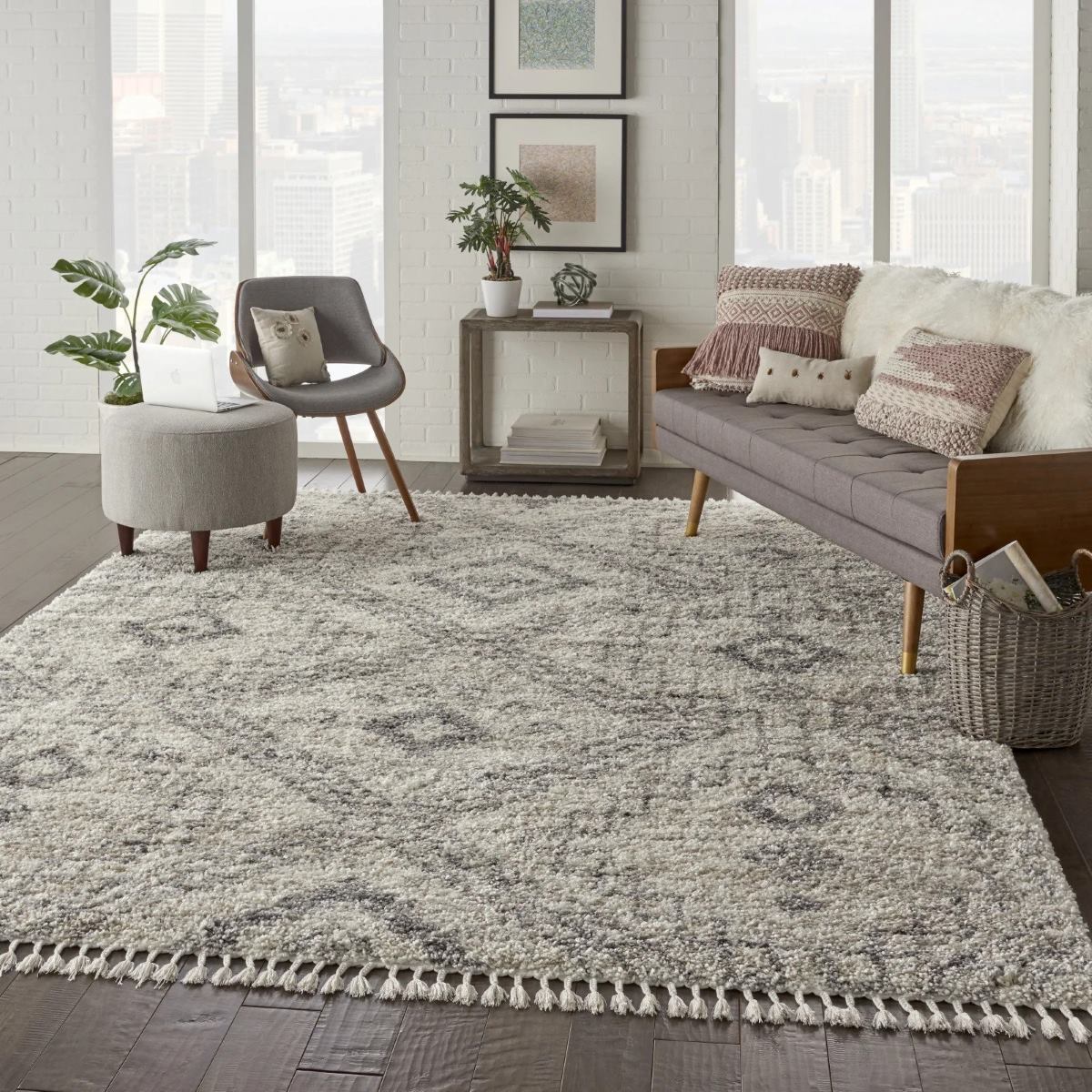
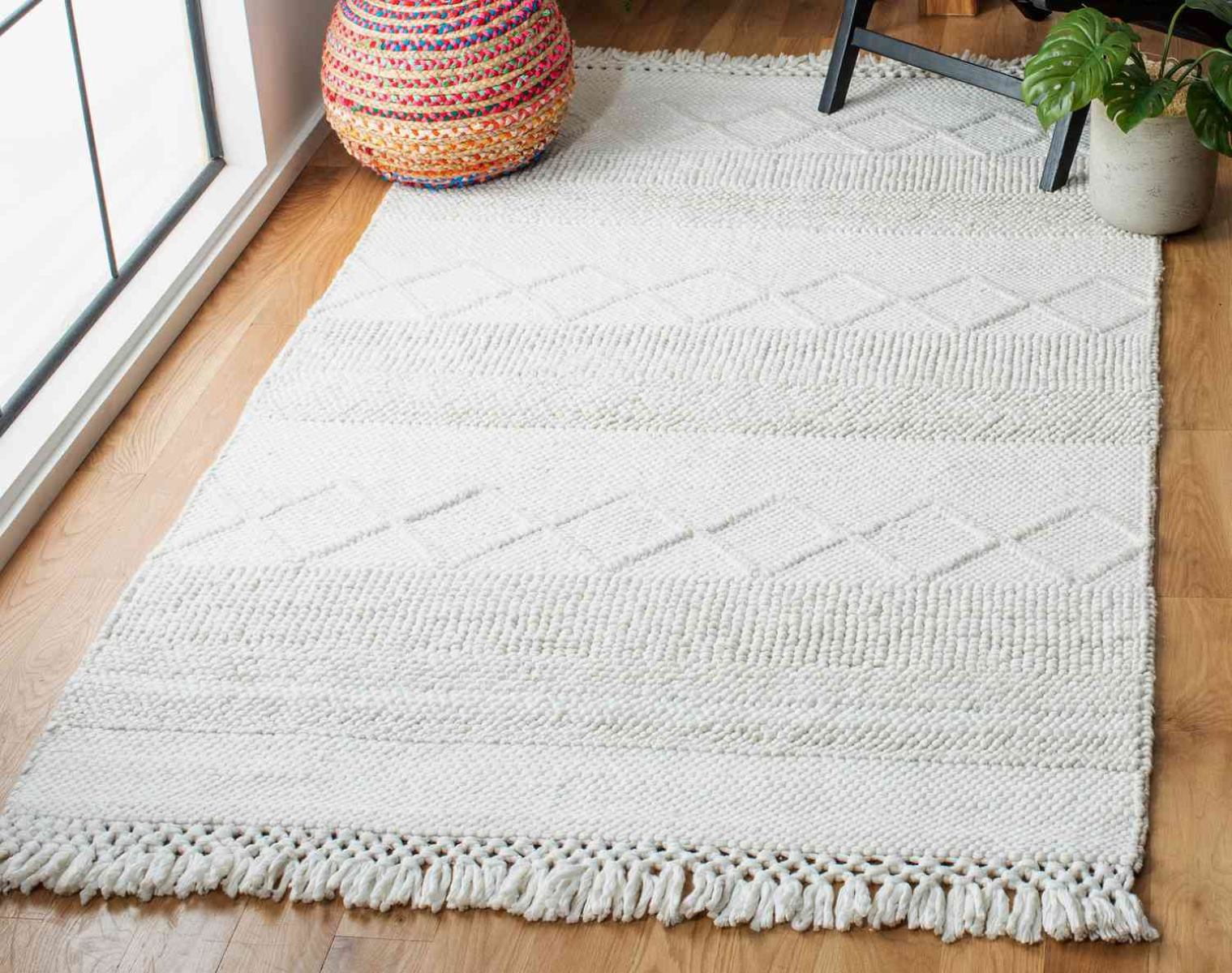
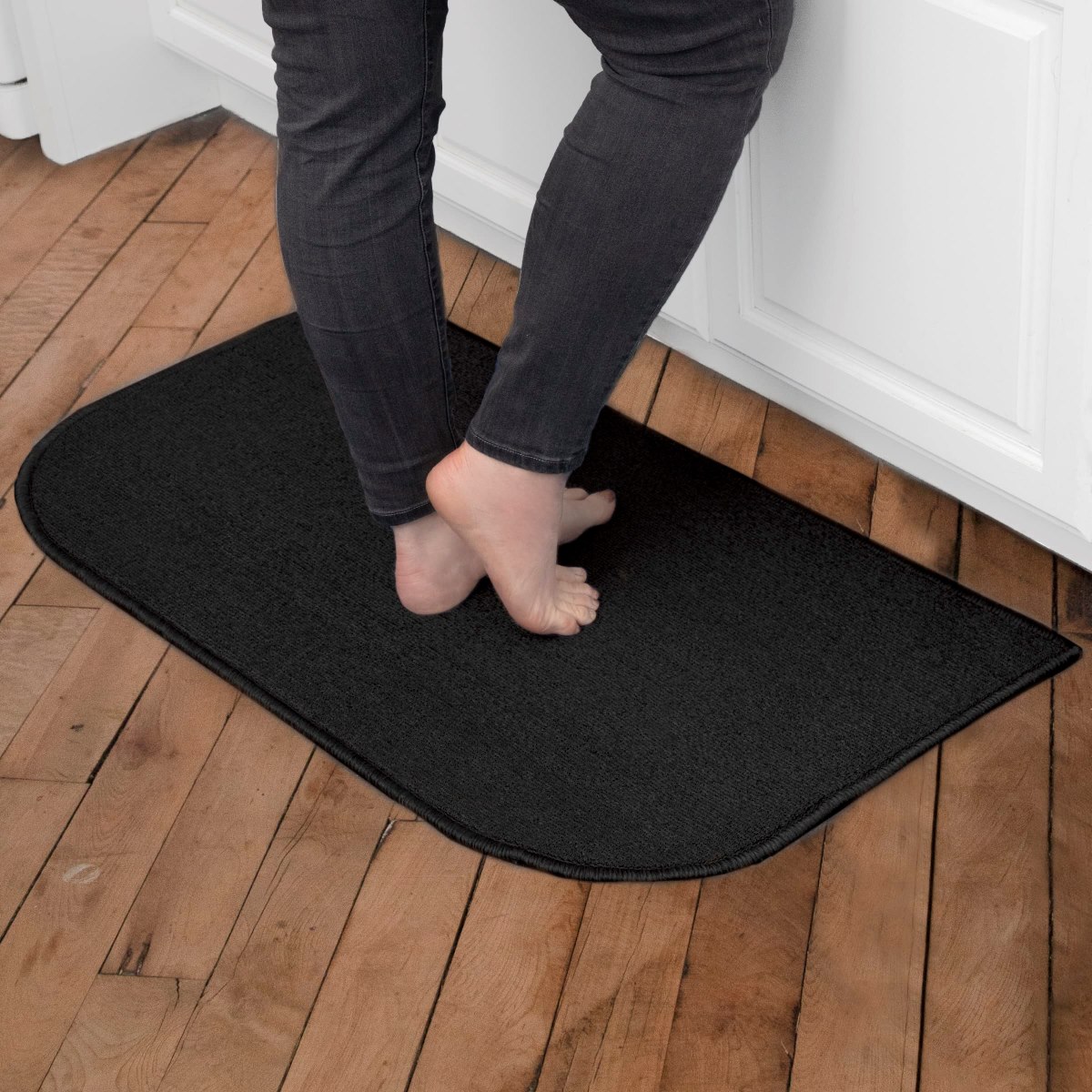
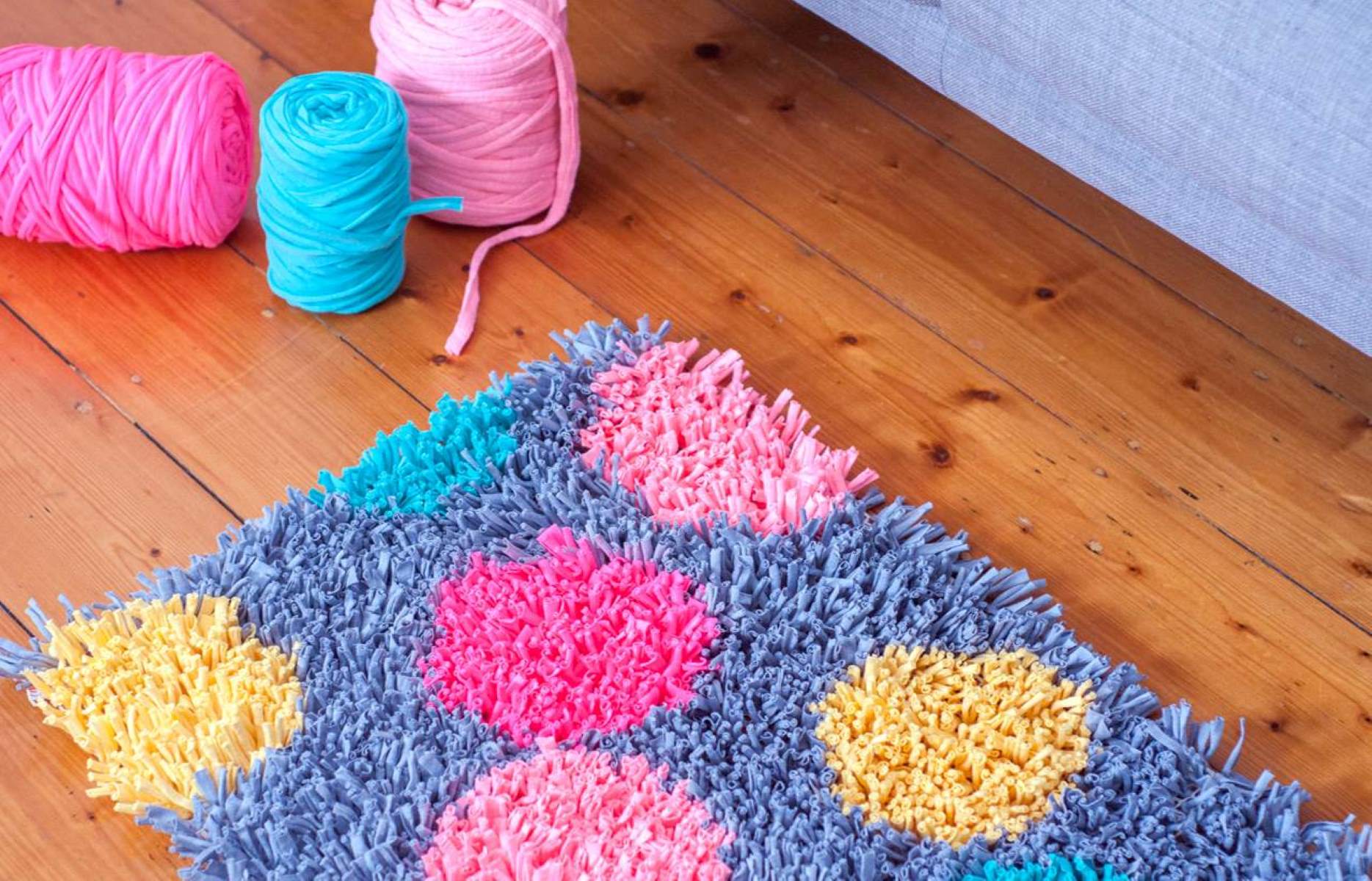

0 thoughts on “What Are Sisal Rugs”